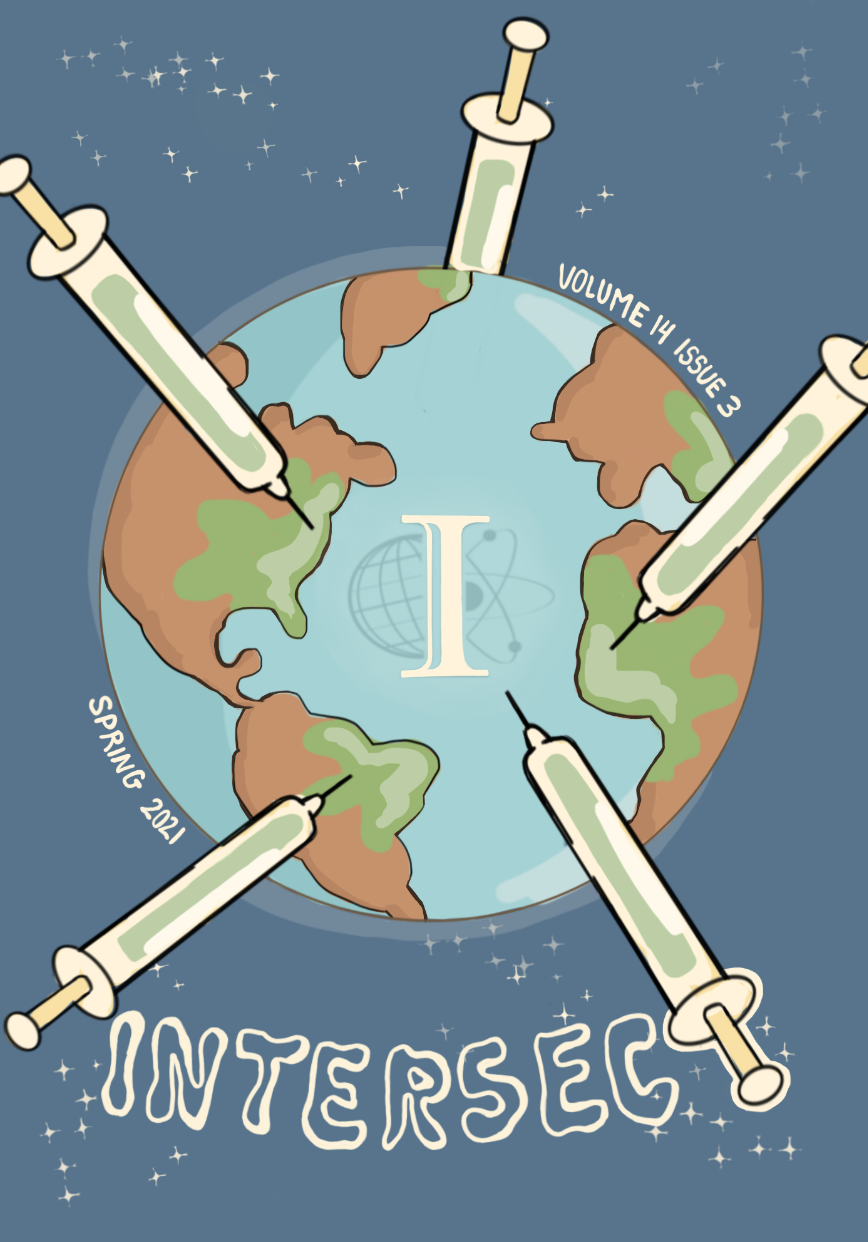Behind the COVID Curtain: Analyzing Russia’s COVID-19 Response on Twitter Using Natural Language Processing and Deep Learning
Abstract
This paper analyzes the Twitter activities of five Russian political institutions, in their source languages, to assess the country’s communication response to the beginning of the COVID-19 pandemic. This study employs several Natural Language Processing techniques in English and Russian, including a deep learning model to determine tweet sentiment and a lexicon-based method to classify tweets as health related. I argue that there was a coordinated response across the different institutions. I find that most accounts in this study tweeted less during the pandemic. Further, I argue that the proportion of health-related tweets over time was guided more by political motives than health concerns. Finally, I observe a significant difference in sentiment across English and Russian tweets, with the English being more positive and the Russian being more neutral.
Downloads
Published
Issue
Section
License
Copyright (c) 2021 Intersect: The Stanford Journal of Science, Technology, and Society

This work is licensed under a Creative Commons Attribution-NonCommercial-NoDerivatives 4.0 International License.
Authors who publish with this journal agree to the following terms:- Authors retain copyright and grant the journal right of first publication with the work simultaneously licensed under a Creative Commons Attribution License that allows others to share the work with an acknowledgement of the work's authorship and initial publication in this journal.
- Authors are able to enter into separate, additional contractual arrangements for the non-exclusive distribution of the journal's published version of the work (e.g., post it to an institutional repository or publish it in a book), with an acknowledgement of its initial publication in this journal.
- Authors are permitted and encouraged to post their work online (e.g., in institutional repositories or on their website) prior to and during the submission process, as it can lead to productive exchanges, as well as earlier and greater citation of published work (See The Effect of Open Access).

